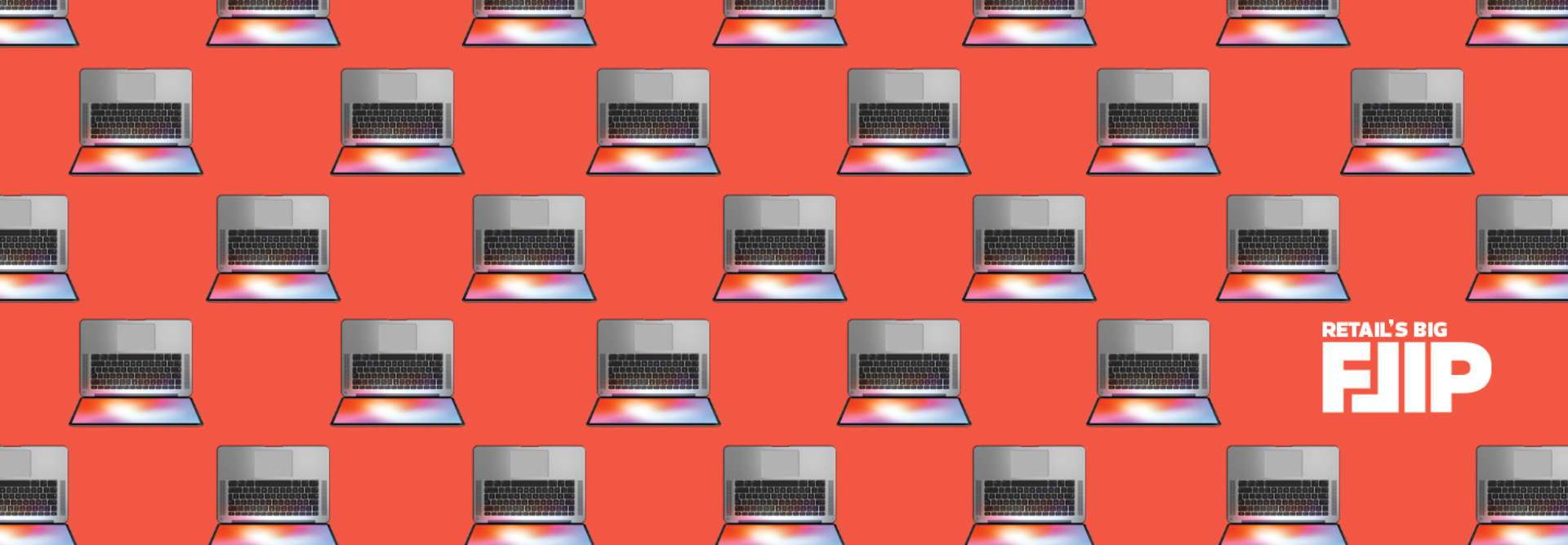What Retailers Need for Strong Contactless Pickup
Contactless pickup comes down to two connected factors: the dependability of the in-store experience and the quality of the online experience. As retail is diverse in nature, not everyone excels at the same thing.
Aragon says that from a practical perspective, retailers looking to improve their contactless handoff processes might want to look at grocery stores, which have had more experience with the safety requirements involved in contactless pickup.
“When it comes to contactless handoff, we’re seeing a pretty stark distinction between a grocer, who does a really good job of it, and everybody else, who does a pretty terrible job at it,” he says.
Retailers do benefit from the relative strength of their existing e-commerce models, but there are areas for improvement. Aragon cited inventory issues as a frequent challenge, nothing that while some retailers (such as those in the home improvement sector) excel at offering specific inventories online, others may not.
Ultimately, the differences reflect the priorities of the retailer.
“It's a function of maturity. Apparel and big box retailers have been doing e-commerce, mostly delivery, for decades,” he explained. “Grocery is relatively newer to that, but grocery has been doing pickup for longer than apparel or big-box stores.”
He says that Ideally, retailers should emphasize both, regardless of what they sell.
MORE FROM BIZTECH: How retailers can set up contactless payment.
The Technology Necessary to Support Contactless Pickup at Scale
There is no larger scale for retailers than Black Friday, and technology will be the driving force behind the BOPIS experience.
Technologies for implementing social distancing and cleaning, such as monitoring tools and ultraviolet light sanitation in high-traffic areas, can help ensure that contactless pickup is a safe experience for everyone — whether consumers are in their vehicles or waiting in a line inside. Ensuring in-store safety processes are well implemented is also important to make customers feel protected.
Even if COVID-19 wasn’t a factor, there is still a lot of back-end work to be done to ensure that contactless pickup is effective and efficient.
Kaili Hunsaker, a senior account manager with Ipsos, notes the importance of up-to-date inventory management to ensure that what people order online is what they get when they come to pick things up.
“Find a way to keep your inventory as updated as possible online, in the app and on your website,” says Hunsaker. “Make it really easy for people to know what method they can choose, and give them their options very quickly.”
For retailers, technologies such as predictive analytics and real-time inventory tracking can help to improve management and keep things up to date.
These strategies offer an opportunity to improve convenience for consumers now, and could be a way to keep them coming back later — if they are done right.
“I think it has to be easier, or at least as easy, to do BOPIS or curbside as to just go in-store,” Aragon adds. “Otherwise, post-COVID, people will just go back into the store.”











